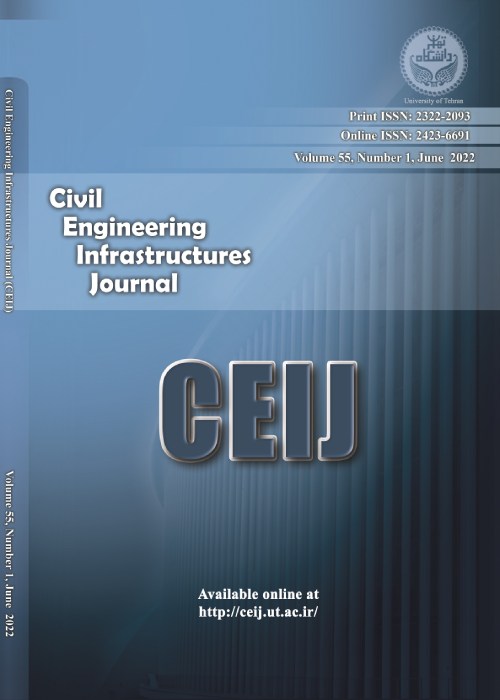The Special Potential of Nano-Clays for Heavy Metal Contaminant Retention in Geo-Environmental Projects
Recently there have been many researches on the subject of soil-contaminant interaction. However, there are very few researches on the potential of nano-clays to increase the contaminant retention of soils. In addition, reviewing the previous studies shows that the application of nano-clays in geo-environmental engineering has not been taken into consideration. The main objective of this paper is to indicate the special potential of nano-clays for heavy metal contaminant retention. To achieve this purpose, a series of geo-environmental experiments were performed to establish the fundamental aspects of nano-clay and contaminant interaction. To compare the geo-environmental behavior of nano-clay and bentonite, different concentrations of calcite were laboratory added to nano-clay samples. Series of batch equilibrium testing, and buffering capacity experiments were performed and were compared with the experimental results on bentonite, before and after addition of carbonate to nano-clay samples. It is shown that mixtures of nano clay and 8% carbonate have more contaminant retention than that of bentonite sample. In the other part of this paper the process of nano-clays and heavy metal contaminant interaction were investigated by application of XRD analysis. In addition, it is shown that even though carbonate has more impact than surface area on contaminant sorption by soils, the large specific surface are of nano clays is responsible for their very high contaminant retention ability. Therefore, the enhanced nano-clay with carbonate will be very capable for use in geo-environmental projects. The achieved results of this paper show that among bentonite, kaolinite, and four Cloisite nano-clay samples, the order of contaminant retention of samples are as follows: Bentonite > Cloisite®Na+ > Kaolinite > Cloisite®30B > Cloisite®20A > Cloisite®15A However, with addition of laboratory added carbonate to the nano-clay samples, the above order will be changed according to the following order: Cloisite®Na+ > Cloisite®15A ≥ Cloisite®20A > Cloisite®30B > Bentonite This shows a larger retention by mixture of nano-clays/8% carbonate in comparison with bentonite
- حق عضویت دریافتی صرف حمایت از نشریات عضو و نگهداری، تکمیل و توسعه مگیران میشود.
- پرداخت حق اشتراک و دانلود مقالات اجازه بازنشر آن در سایر رسانههای چاپی و دیجیتال را به کاربر نمیدهد.



